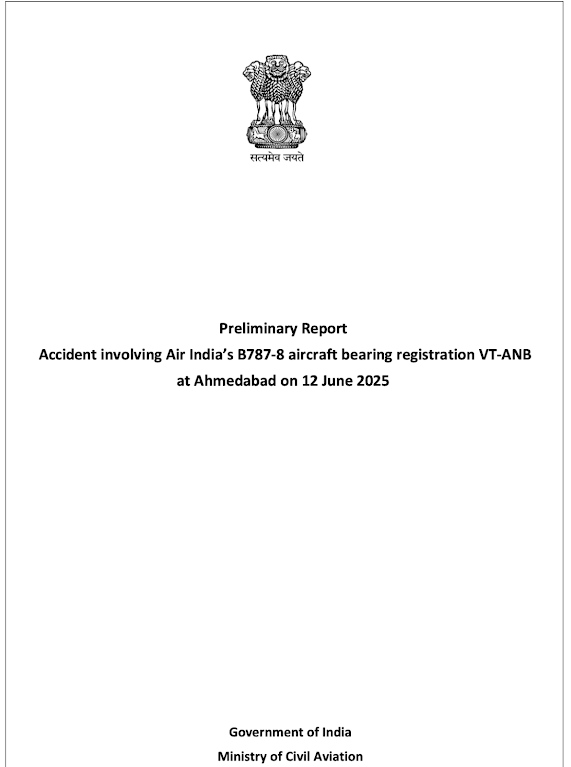
CONTEXT- The Indian government recently made headlines by announcing a ₹1 lakh crore research and innovation fund — a landmark step aimed at pushing the country toward a more self-reliant, tech-driven future. But there’s a catch: this funding will only be available to projects that have reached Technology Readiness Level (TRL) 4 or higher.
At first glance, this makes sense. The idea is to support technologies that are already validated in lab settings — the assumption being that they’re closer to market use, and hence more likely to create real-world impact. But here’s where it gets tricky: can a single framework like TRL really capture the diversity of innovation happening across India?
What is TRL? :
TRL, or Technology Readiness Level, is a scale that measures how mature a technology is. It starts at TRL 1 — when an idea is just being explored conceptually — and goes all the way up to TRL 9, where the technology is proven and deployed in real-world conditions. Originally developed by NASA, it’s now widely used by R&D institutions around the world, including in India.
The government’s push to fund only TRL 4+ projects is essentially a shift from basic research to applied, prototype-level work. It’s a message: “We want ideas that can work in the real world, not just in theory.”
Doesn’t the Private Sector Already Think Like This? :
In fact, yes. Investors — whether they’re angel investors or big-name venture capitalists — already follow a similar logic, though they don’t always call it TRL. Instead, they talk in terms like (equivalent TRL LEVELS also indicated) :
Pre-seed (just an idea)- TRL 1-3
Proof of Concept- POC/MVP (minimum viable product)- TRL 4-6
Early traction (initial users or revenue)- TRL 6-8
Scale-up (ready to grow fast)- TRL 8-9
They're essentially tracking the same thing: “How real is your product? Can people use it? Will it make money?”
Shortcomings of TRL like single metric :
Here’s the problem: not every type of innovation fits neatly into a lab-to-market pipeline.The TRL model assumes a straight, linear path — but real-world innovation is often messy, non-linear, and deeply context-driven.
Take software startups, for instance. They don’t build lab prototypes; they push out features, run A/B tests, and iterate based on user feedback. Or look at social innovations — like low-cost water purifiers or community health apps. They might never see a formal lab, but their impact on the ground is undeniable.
Even frugal innovations — like "Mitticool" (the clay fridge) or "SELCO Solar" — offer life-changing solutions in rural areas, without ever crossing what formal systems might call TRL 5. Does that make them any less valuable?
In short, while TRL is robust for deeptech and industrial R&D, applying it to all innovation types risks exclusion, inefficiency, and missed opportunity.
Innovation Needs Different Kinds of Support :
# CRUX- Different ideas mature differently. A deeptech medical device needs clinical trials and certifications. A fintech app needs quick deployment and user feedback. A rural tech solution might need field pilots and community adoption.
So, if the government applies the same yardstick to all of them — and ties funding to that — we risk ignoring incredible solutions that just don’t follow the conventional playbook.
Way Forward ? :
Here’s what a more thoughtful approach could look like:
1. Customize Evaluation for Different Sectors
We can build sector-specific frameworks. Maybe a Social Readiness Level (SRL) for impact-based work, or a Digital Maturity Scale for software tools. Innovation isn’t one-dimensional, so why should evaluation be?
2. Look Beyond Just the Tech
TRL focuses on whether the tech works. But investors — and users — care about whether it solves a real problem, whether people will use it, and whether it can scale. We need to build these factors into how public funds are disbursed.
3. Blend Funding Models
Right now, funding is often split — grants for research, loans for scale. But we need hybrid models that support startups across their entire journey — from lab to launch, from validation to volume.
Grants for early-stage ideas for TRL 1–3 through DST/DBT/CSIR/BIRAC
Soft loans and equity for TRL 4–6 pilot projects,
Performance-based funds for TRL 7–9 stage startups.
4. Strengthen Translational Ecosystems
IITs,NITs,IISERs, state universities — they should have dedicated “Translational Cells” that help researchers navigate the journey from idea to prototype to product. It’s not just about money — it’s about mentorship, IP support, industry connections.
India is full of brilliant minds — from labs in Bengaluru to fields in Bihar. Some of them are building satellites. Others are building smokeless chulhas. If we only support innovations that hit TRL 4+ on paper, we risk leaving too many of these ideas behind.
TRL is a great tool — but it’s just that: a tool, not a rulebook. If we’re serious about becoming a global innovation hub, we’ll need to think more flexibly, act more inclusively, and fund more intelligently.
Because real innovation doesn't always wait for lab validation — sometimes, it’s already working quietly on the ground.



